
Auto
La Beauté Sauvage: i 40 anni della Citroën CX
La Beauté Sauvage
Questa era la frase pronunciata nello spot (della seconda serie ndr.) dalla diva Grace Jones per descrivere la Citroën CX.
 Un’auto che ridefinì gli standard automobilistici in fatto di tecnologia, tecnica costruttiva, qualità di guida e prestazioni. Non per nulla fu eletta auto dell’anno 1975 e oggi compie 40 anni.
Un’auto che ridefinì gli standard automobilistici in fatto di tecnologia, tecnica costruttiva, qualità di guida e prestazioni. Non per nulla fu eletta auto dell’anno 1975 e oggi compie 40 anni.
Milano, Via Gattamelata 41, primo Febbraio.
Siamo presenti a quello che, in casa Citroën, é un evento importante: la conferenza per celebrare la storia della CX (qui potete visionare il video riassuntivo del convegno). Ospiti della serata Walter Brugnotti, ex direttore della comunicazione della Casa che si é occupato di condurre la presentazione, l’ingegner Camillo Saini, storico progettista che si è occupato della tecnica Citroën dal 1958 al 1974, Titti Fabiani, della B-Communications/Advico Delpire Italia, che ha realizzato alcune delle famose campagne pubblicitarie per la Citroën, e Andreas Zapatinas, top car designer di fama mondiale.
Il tutto é stato coordinato da Maurizio Marini, del Centro Documentazione Storica Citröen e responsabile delle relazioni esterne del RIASC, il Registro Storico ufficiale Citroën in Italia.
La presentazione si svolge nella sede storica di Citroën Italia a Milano, in via Gattamelata. Tra gli ospiti ci sono ingegneri di altre Case, personalità, collezionisti ma soprattutto amatori del marchio Citroën appartenenti al RIASC, molti dei quali venuti (anche da lontano) proprio con le loro beniamine: vedendo il parcheggio della concessionaria si sarebbe potuto credere di essere tornati agli anni ’80.
Inizio anni settanta: la guerra tra Israele ed Egitto sta mettendo il mondo in ginocchio. La crisi petrolifera ha ridotto le vendite d’auto ai minimi termini. Nuove filosofie prima sconosciute o snobbate sono diventate essenziali per la sopravvivenza dell’automobile. Efficienza, tecnologia, aerodinamicità, rapporto qualità-prezzo ed economicità erano principi saldi a cui le Case dovevano aggrapparsi.
Citroën si appoggiava da anni ad un modello di successo, la DS, che aveva già stupito il mondo con il suo design futuristico e con tecnologie come i fari a comando direzionale e le sospensioni idropneumatiche che consentivano livelli di comodità e prestazioni mai viste prima su un’automobile a qualsiasi fascia di prezzo. Per quanto all’avanguardia tecnologicamente e qualitativamente, la Citroën DS andava rimpiazzata: la costruzione ancora troppo artigianale rendeva i costi elevatissimi, le vendite stavano iniziando a calare per questa gallina dalle uova d’oro.
È in questa situazione, Europea e mondiale, che nasce la CX.
A Torino intanto Pininfarina stava disegnando un prototipo dalle linee futuristiche. Tale prototipo, realizzato per la BMC, finì per ispirare il centro stile Citroën.
Nel 1968 iniziò ufficialmente dunque il projet L, presto ribattezzato project M a causa di una assonanza fastidiosa con la parola “gamma”, usata per definire i modelli della medesima famiglia (Gamme L, in francese, avrebbe avuto un suono simile a “gamelle”, la ciotola usata dai soldati durante la guerra). Sfortunatamente il project L venne concepito in un periodo di ristrettezze economiche per Citroën, la quale aveva investito capitali nello sviluppo della tecnologia Wankel, che si é poi rivelata fallimentare, e nell’acquisto di Maserati. Pertanto il nuovo progetto doveva prendere il più possibile dalla DS, come tecnologie, meccanica e motori. Addirittura, nell’ambito della joint venture PARDEVI, avrebbe dovuto condividere il motore boxer della Lancia Gamma, abbassando il baricentro e slanciando la linea.
Il concetto espresso dal prototipo Pininfarina venne dunque rielaborato dal designer Robert Opron, che decise con il suo team di realizzare una linea d’ispirazione aeronautica: un netto taglio rispetto al design piatto e monotono comunemente utilizzato nelle automobili.
Come Andreas Zapatinas ci ha spiegato, la CX é stato un modello di totale rottura stilistica nel mondo dell’auto, le sue linee tese non avevano niente di simile. Il suo stesso nome richiama il coefficiente di penetrazione aerodinamica. La linea era estremamente filante, senza inutili orpelli: pulita ed efficiente.
Michael Harmand, designer del team di Opron, dedicò le sue attenzioni agli interni, che dovevano riflettere il futurismo degli esterni, con una particolare cura per il cruscotto. Qui infatti venne posta la cosiddetta “lunule” (più colloquialmente detta anche “palla da rugby”), un innovativo sistema per racchiudere pulsanti e indicatori con un design space-age.
Nel 1972 venne così finito il prototipo del progetto L, e alla fine del 1973 si poté iniziare la produzione nel nuovo stabilimento di Aulnay-sous-Bois: era una fabbrica all’avanguardia, dove per la prima volta i robots, gli automatismi e i computers avevano sostituito quasi per tutto gli operai. Le carrozzerie berlina, break e limousine venivano assemblate velocemente e automaticamente con l’aiuto di tecnologie fantascientifiche.
La presentazione ufficiale al della CX avvenne al salone di Parigi, e si dovette pensare ad un modo per introdurre la CX alla stampa.
Venne dunque ideato un lancio in Lapponia dove vennero invitati giornalisti da tutto il mondo, portati con aerei privati sul luogo per assistere all’evento e guidare per la prima volta la nuova Citroën. Anche questa, fu un’idea innovativa: prima di allora difficilmente le auto erano presentate con eventi dedicati, lontano dal paese di origine; non come oggi che è divenuta consuetudine.
Inutile dirlo, i giornalisti ne rimasero entusiasti.
Quella fu la nascita di uno dei modelli di più grande successo commerciale della storia di Citroën. La CX era apprezzata specialmente per utilizzi particolarmente gravosi: curioso l’utilizzo della vettura come auto da trasporto espresso per i giornali, velocissima grazie ai motori potenti e all’aerodinamica meticolosamente curata, ed estremamente affidabile grazie alle sospensioni idropneumatiche che consentivano di viaggiare in totale sicurezza anche caricando più del peso dell’automobile stessa.
Proprio per quanto che riguarda la velocità, la CX fu prima della classe: non solo verso la fine della carriera fu lanciata la versione GTI Turbo, ma durante la produzione fu montato sull’auto un motore turbo diesel, facendo nascere prima la Turbo D e successivamente la Turbo 2 D: erano nate così le auto diesel più veloci del mondo.
Per dare ancora più slancio commerciale all’automobile, la Citröen ideò la mitica operazione Crocolion: insieme a Total, partner tecnico dagli anni ’60, la Casa schierò cinque CX all’insidioso Teranga Rallie, conquistando i primi cinque posti.
La commercializzazione in Italia fu un successo grazie anche alla pubblicità. Affidate alla B-Communications, le comunicazioni pubblicitarie erano incentrate sul tema del volo, dell’aeronautica, del viaggiare come su un tappeto magico, coccolati dalle sospensioni idropneumatiche lontani dal rumore e dalle asperità della strada. Al riguardo vi consigliamo di guardare uno dei primi spot realizzati per promuovere il modello.
Finita la presentazione c’é ancora tempo per scattare qualche fotografia prima di andare a cena nell’eccellente ristorante Al Valentino, poco distante dalla Succursale Citroën di Milano.
Così terminiamo la serata chiacchierando con gli altri ospiti della conferenza.
A presto, CX!
© Citroën Communication/C.D.S.Citroën
© Federico Vandone Dell’Acqua
La Beauté Sauvage
This is what Grace Jones said in the tv advert of the Citroën CX.
A car which redefined automotive standards with its technology, built quality, performance and driving capabilities. And this year it becomes 40 years old.
Milano, Via Gattamelata 41, February the 1st.
We are invited at Citroën’s event of the year: a conference which aim is to celebrate the history of the CX model. Guests of the event are Walter Brugnotti, ex communication director of the brand, who also was the moderator of the conference itself, engineer Camillo Saini, who worked at Citroën’s projects from 1958 to 1974, Titti Fabiani, from B-Communications/Advico Delpire Italia, who realised some of the most important campaigns for Citroën, and, last but not least, Andreas Zapatinas, a world renown car designer.
This all was organised by Maurizio Marini, from the Citroën’s Historic Documentation Centre and charter member of the great IDeéSse club, one of the largest clubs in Europe regarding Citroën DS models.
We’re now at the end of the 1960s: the war between Egypt and Israel is bringing the whole world to its knees. Car sales have plummeted due to the terrible gas crisis.
New philosophies before unknown or overlooked now became essential for cars to survive. Efficiency, technology, aerodynamics, cost-effectiveness and economy were basic principles at which brands had to cling to.
Citroën had been relying for years on a hugely successful model, the DS, which already made the world gasp with its futuristic design and unseen before technologies like swivelling headlights and hydropneumatic suspensions made possible to achieve new levels of comfort and performance. Although it was very technologically advanced and featured an excellent built quality, the DS had to be replaced: the car was still mostly manufactured by hand and this made costs very high, making sales fall with time for this golden goose. It’s in this harsh World-wide situation that the CX sees the light.
Pininfarina in Turin was designing a highly futuristic concept car. This prototype, realised for the british car company BMC, ended up in the hands of Citroën design centre. In 1968 officially then started the Projet L during a period of straits for Citroën, which just invested capitals developing the Wankel engine technology, which revealed itself a failures, and in the acquisition of Maserati. Therefore the new project had to take as much as possible from the DS, like technologies, mechanics and engines.
The Pininfarina concept car was then taken by Robert Opron, head designer at Citroën, who decided with his team to realise an aerospace-inspired vehicle: a total break from the past, made of bland and boring designs.
As Andreas Zapatinas explained to us, the CX was a total breakthrough in terms of style and design. Its name recalls the aerodynamic coefficient, and its lines were extremely sleek, with no distractions: it was clean and efficient.
Michael Harmand, designer from Opron’s team, took care of the interior, which had to reflect the same futuristic styling of the exterior, with a particular care for the dashboard. This is were the designer put the so called “lunule” (or “rugby ball”), an innovative system which held the instrument clusters and the stalks in a space age design.
In 1972 the Projet L prototype was then finished, and, by the end of 1973, production could be started at the new Aulnay-sous-Bois manufacturing facility, a high-tech plant, where for the first times robots, computers and automation replaced almost entirely the working force of men. Saloon, estate and limousine bodyworks were assembled quickly and automatically, helped by sci fi technologies.
The official presentation of the CX took place during the Paris Motorshow, and afterwards Citroën had to find a way to do a press launch of the car. Therefore journalists from all over the world were invited to an exclusive event in Lapponia, where they could drive for the first time the new CX. The press was enthusiast about it.
It was the birth of one of the most successful models in history of Citröen.
The CX was especially appreciated for heavy duty uses: in Italy this model was used as a quick transportation for newspapers. The CX was fast thanks of powerful engines and its aerodynamics, but also extremely strong with its hydropneumatic suspensions, which allowed to load on the car a weigh superior to the weigh of the car itself!
Even regarding speed the CX was first in class: not only a later GTI Turbo version was launched, but Citroën also fitted turbo diesel engines to the CX, creating the Turbo D and the Turbo 2 D, the fastest diesel cars in the world.
To give the car even more commercial thrust, Citroën ideated the Crocolion operation. Together with Total, its technical partner, they made five CXs race at the insidious Teranga Rallie, winning earning the first five places.
Sales in Italy were successful thanks to the advertisements made by B-Communications, all focused on the theme of flight and travelling cocooned by its magic suspensions.


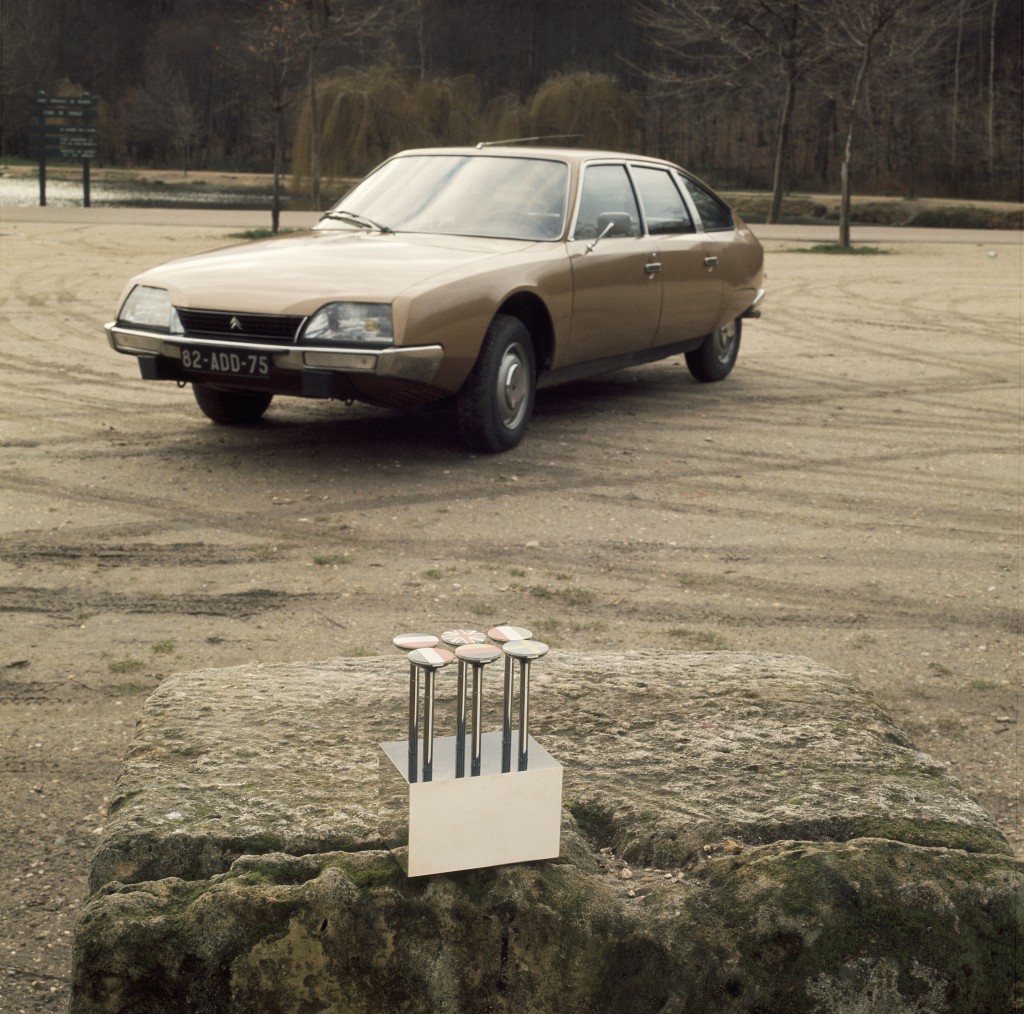
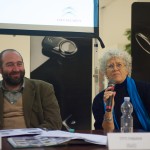
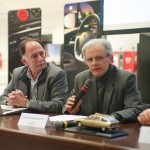
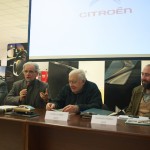
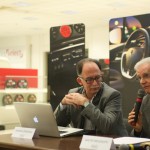

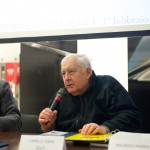

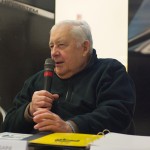
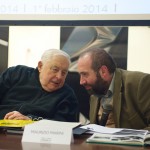
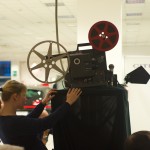
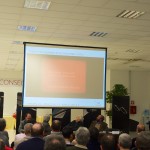
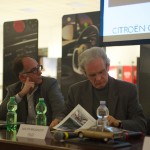

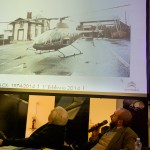
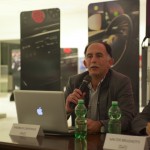
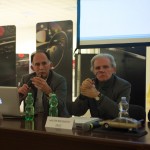
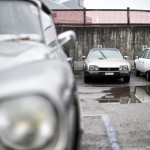
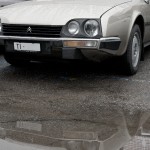
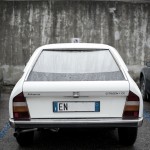


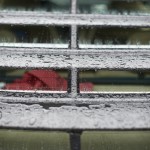

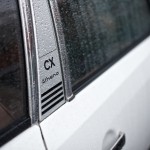

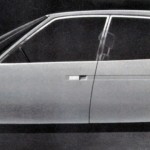
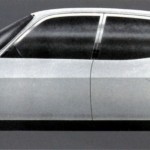
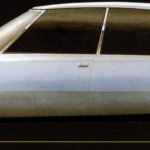
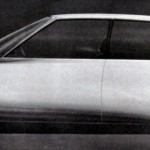
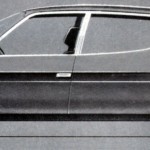
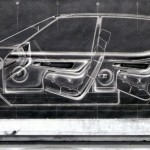

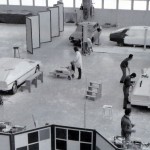
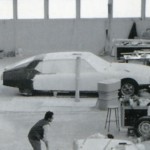
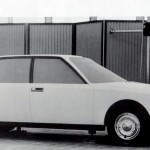
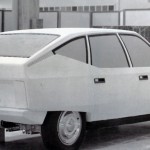
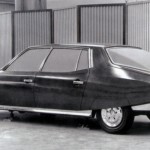
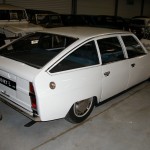

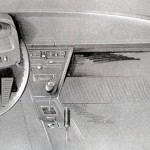
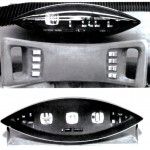
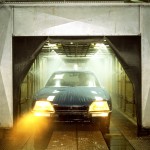
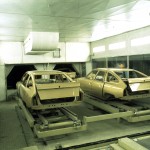
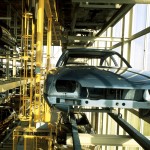
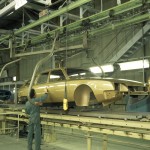
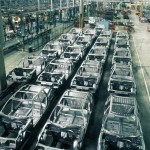
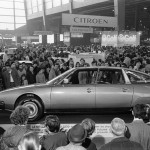
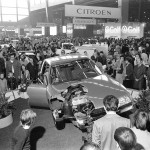
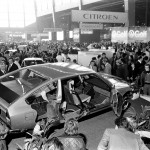
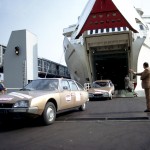
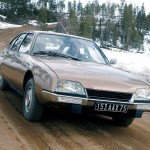
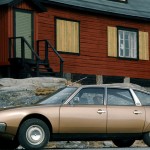
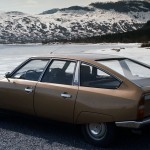
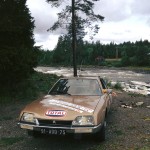
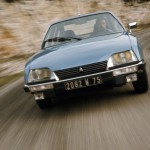

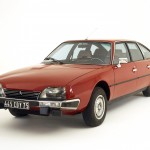
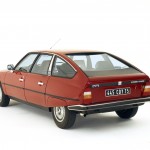
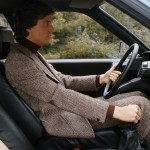
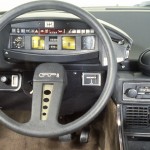
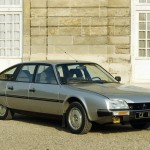
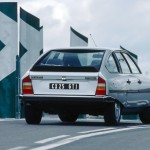



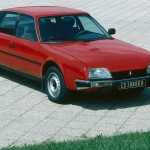
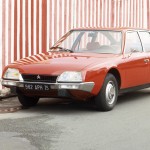
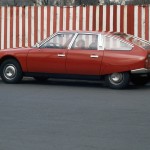
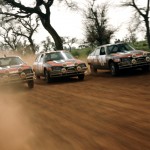
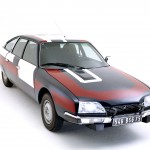
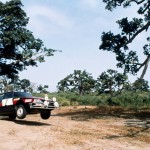
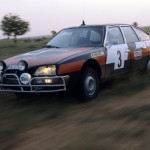

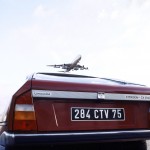

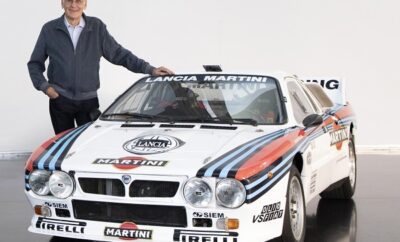
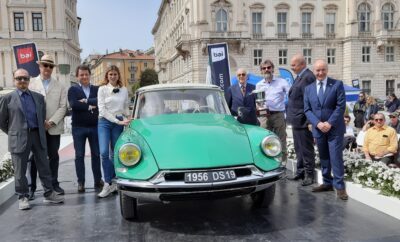
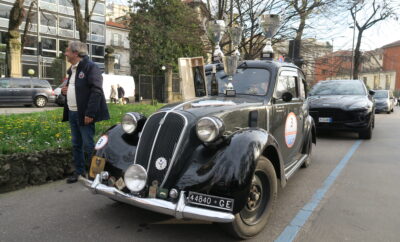
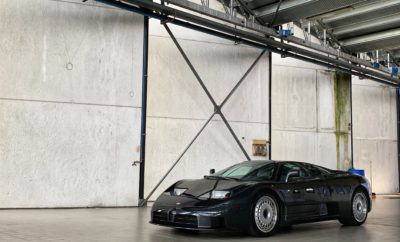
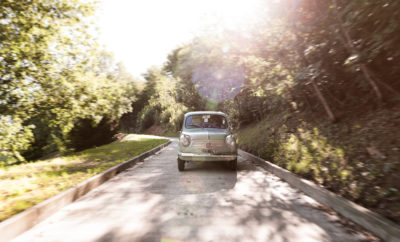
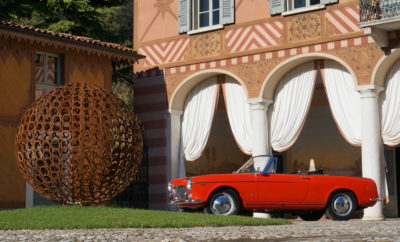
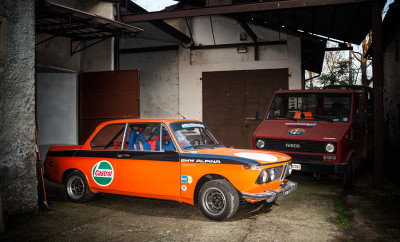
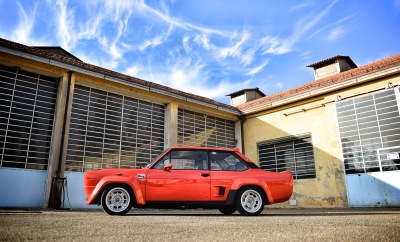
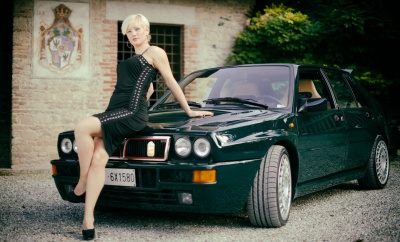
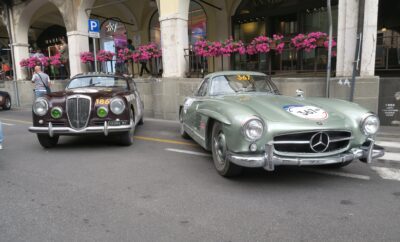
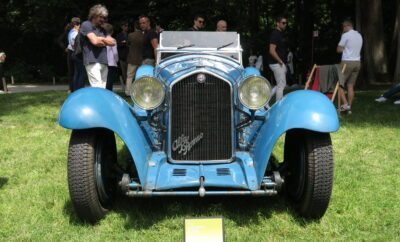
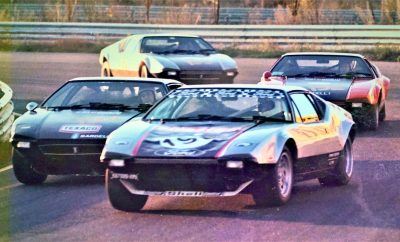
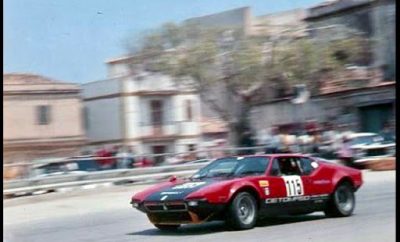
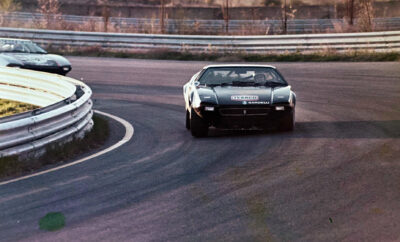
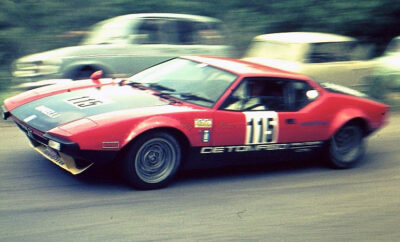
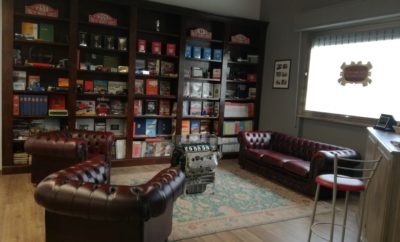
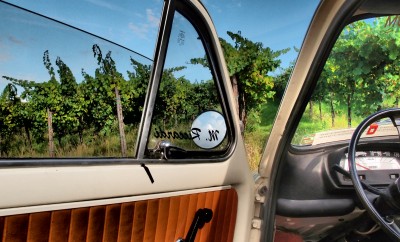
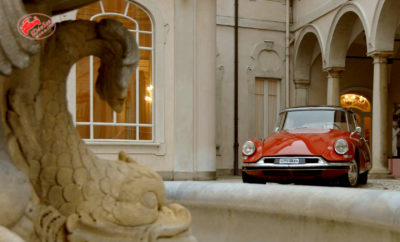
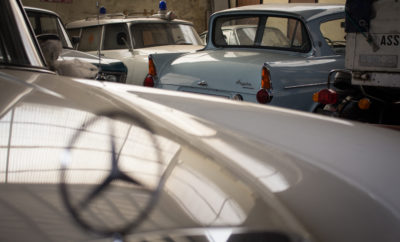
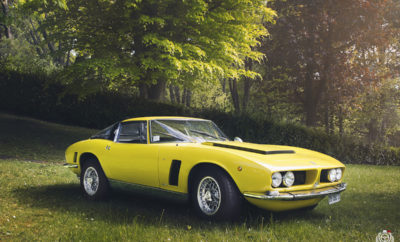
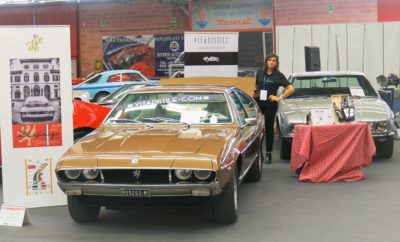

Pingback: Piccoli automobilisti crescono
Pingback: IDéeSse. IL club Citroën. – Vita di Stile